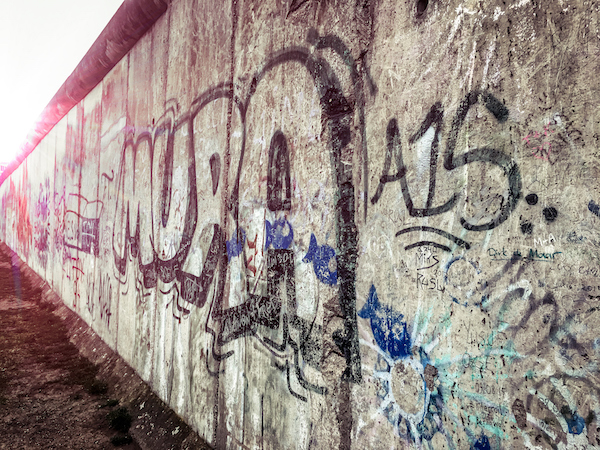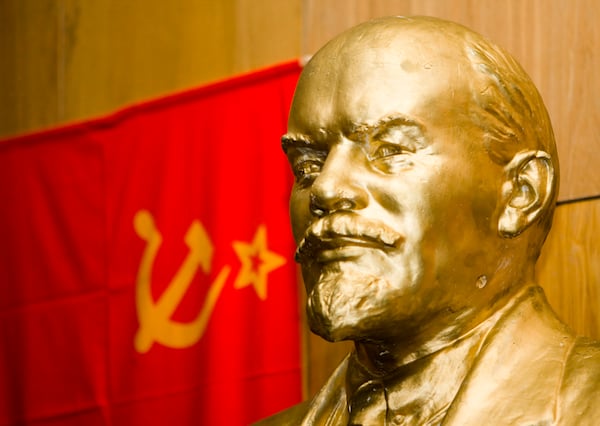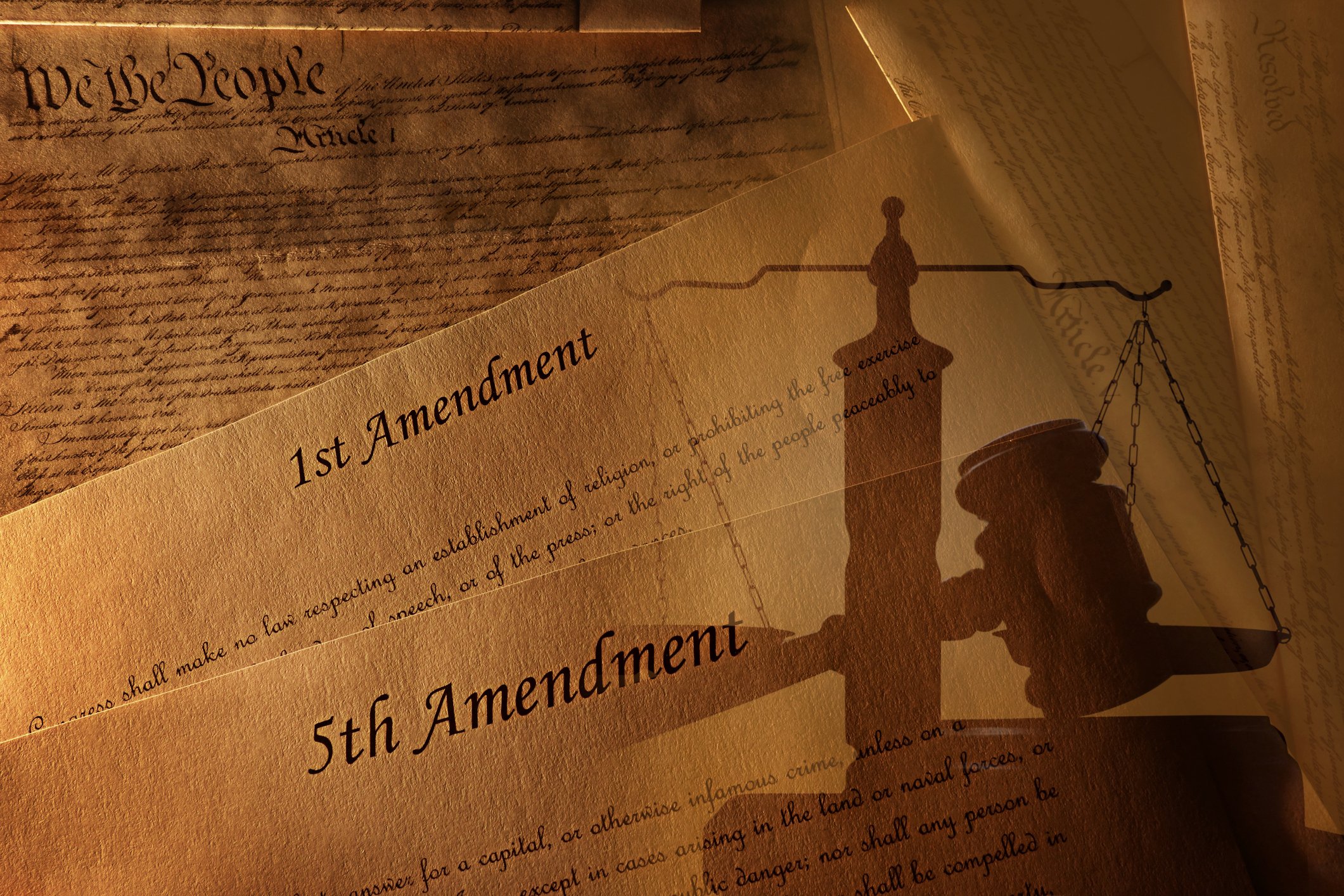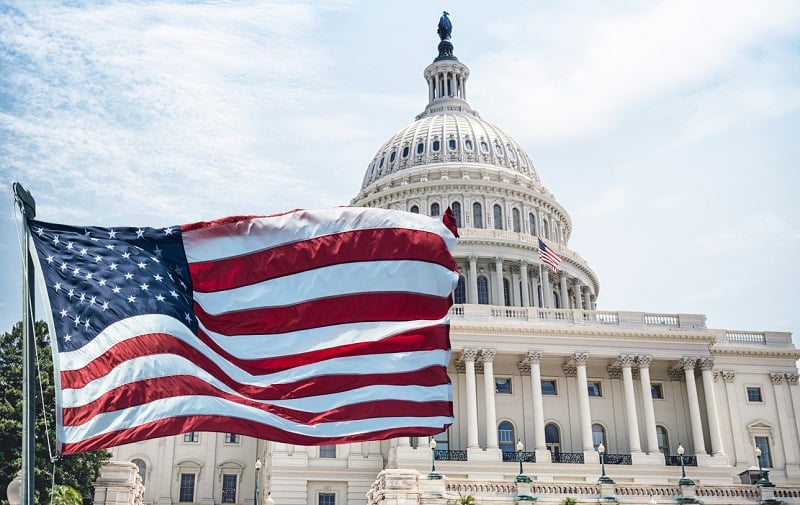About This Lesson
Social studies teachers often think of history as conveniently divided by eras, movements, or themes; one follows another, trends begin and end, and they are more or less self-contained. In the high-school American history class, for example, we often look at the Cold War and civil rights movement as discrete entities, whose separate conflicts involved figures largely unrelated by circumstance. In fact, this could not be further from the truth!
Presidents Truman, Eisenhower, Kennedy, and Johnson juggled their domestic and international responsibilities; the Supreme Court considered Soviet “propaganda mills” when deciding the case of Brown v. Board; and segregationist rhetoric often equated support for desegregation with the advocacy of communism.
This lesson plan attempts to dissolve the artificial boundary between domestic and international affairs in the postwar period to show students how we choose to discuss history. Students will examine a variety of primary source documents used inside the United States and abroad during the Cold War and the concurrent civil rights movement. The goal is to see how these documents can be used as evidence for both Cold War and civil rights issues in several different ways.













There is nothing there to click